HTC Legend Review
HTC Legend Review
HTC takes the Android smartphone to new heights with highlights such as a 3.2in AMOLED display and aluminium chassis.

Verdict
Pros
- Exceptional viewing screen
- Excellent web browser
- Powerful LED flash
Cons
- Fiddly to remove microSD card
- Narrow screen
- Wobbly video footage
Key Specifications
- Review Price: £368.94
- Qualcomm 600MHz processor
- 5-megapixel camera
- Aluminium chassis
- Google Android OS
- Capacative touchscreen
Introduction
Wow! Just, wow! That was pretty much the crux of our first impressions of HTC’s latest Android-based smartphone, the Legend. With a chassis carved from a single piece of aluminium, with a beautiful sandblasted finish, this is one stunning looking device. As Gordon rightly pointed out at the World Mobile Congress, the Legend looks and feels somewhere between the first generation iPhone and the new unibody aluminium Macbooks, and we mean that in every possible good way.
However, there are a few immediate problems. First, contrary to what you might expect, matt aluminium like this still scratches fairly easily (though less so than plastic) and over time can be polished to a shine on exposed edges and corners. As such we’d be inclined to keep the Legend in some sort of case – I’m a big fan of the leather slip, like this one I use with my iPhone – that protects the phone when in transit but doesn’t hide its design or inhibit its functionality when in use. However, due to the Legend’s jutting jaw profile such cases can’t be used. Aesthetically, we don’t mind it and we appreciate it’s a design feature that harks back to the first Android phone, the G1, and this phone’s direct predecessor, the HTC Hero, but on a practical level we think it’s something that needs to go.

On a more positive note, the power button on the top, volume rocker on the left edge, and central circular select button all feel very solid in terms of fit and have a superbly light yet defined action. The new optical trackball (the sensor for which sits in the middle of the central button) also looks great and works well. However, we still think that such things are largely unneeded on touchscreen phones – pin-pointing a cursor in text is about the only task we regularly used it for. Sadly it isn’t a clean sweep when it comes to button quality, with the four black ones under the screen being a little wobbly, and sometimes leaving you unsure if you’ve pressed them properly. We also maintain that Android phones simply have too many buttons – all three of the Menu, Back, and Search buttons can easily be replicated in software without any loss of functionality.
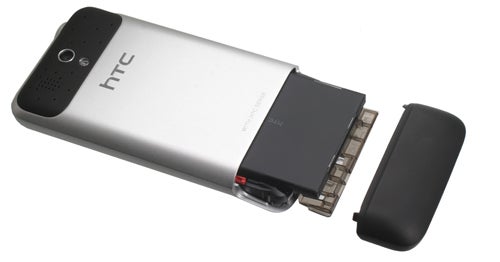
There are no alarm bells when it comes to connectivity, though, as the Legend sports a conventional 3.5mm headphone jack on its top and a micro-USB socket on the bottom for connecting to a PC and charging the phone. There’s also a microSD slot hidden under the bottom, black-coloured section on the back of the phone, so getting files on and off the phone is a cinch. This plastic section also pulls away to reveal the battery (Apple take note) and SIM slot. It’s a beautiful mechanism, but it’s a bit of a pain to power down the Legend to remove the microSD card.
Design
Aesthetically, you might want the battery/memory cover to be hewn from aluminium too, but it needs to be plastic to enable proper transmission of the various wireless signals used in the phone – a solid metal chassis would severely hamper these signals. Indeed, this was one of the reasons the original iPhone apparently had bad reception and why the iPhone 3G changed to an all plastic back. However, we had no such problems with the Legend, even in our office that has particularly poor reception. Call quality was also excellent, though the loudspeaker is a little weedy.
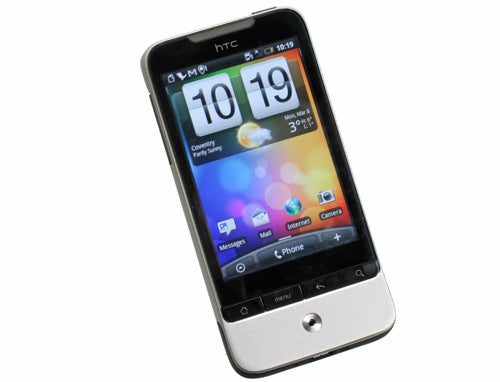
Screen & Touchscreen
Another area where HTC has created an immediate wow factor is the screen. Upon initial inspection, it’s ever so slightly wobbly surface and flexibility lead us to believe it was plastic rather than glass (thus my comment in the video) but we’ve since checked with HTC and had it confirmed as being glass, so it should be very scratch resistant. At 3.2in diagonally, with a resolution of 320 x 480 pixels, it’s not the biggest or highest resolution screen, but it is superbly sharp. It’s also an AMOLED screen rather than an LCD one, so is completely unaffected by viewing angles and is incredibly vibrant. In fact, it’s so vibrant that photos can sometimes look unnatural with reds and oranges looking particularly radioactive – the TrustedReviews logo, for instance, looks completely wrong. For the most part, this won’t be a problem as you’re unlikely to need the Legend for colour critical work. Another plus point is the pure black that results from the lack of any backlight bleed, which means video and games look superb. Previous OLED screens we’ve looked at can struggle in direct sunlight but this one seemed to cope very well. All told, this is an exceptional screen for viewing.
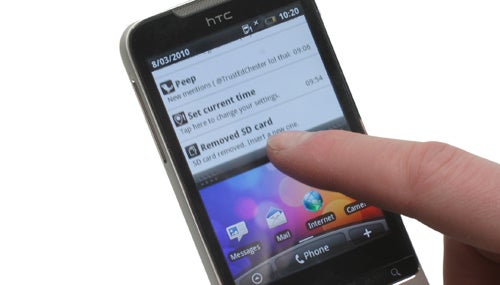
The screen is pretty good when it comes to touch-sensitivity, too, thanks to its capacitive touch-sensing as opposed to the less responsive resistive type. This does mean it can’t be used with gloves or a stylus but for everyday phone use it’s the best choice. It also supports multi-touch so you can pinch-to-zoom on photos and in webpages and you can theoretically type super fast. However, while the touch-sensing works quite well, we did have a couple of issues.
The first is that the screen is rather narrow when held in portrait and this can make typing uncomfortable. Even though it’s only 5mm narrower than the iPhone screen, and the icons for each key are almost exactly the same width, the Legend feels more cramped resulting in more mistakes. Obviously, if you’ve got smaller fingers and hands this may be less of a concern but certainly none of us in the office have particularly large fingers and we all noticed a difference. Furthermore, HTC has modified the keyboard to constantly show the secondary function of each key and we think it makes them more difficult to read.
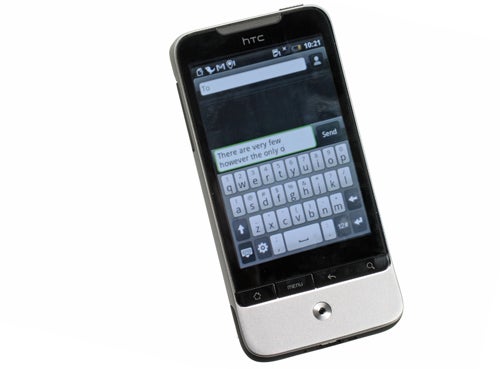
The other problem is the interface in general. While Android has a very capable touch interface, it doesn’t quite have the finesse of the iPhone OS. Take scrolling through a list. On the iPhone, it feels completely intuitive with the list responding exactly as you would expect if you were physically interacting with it. However, on the Legend, it’s not as slick and you’re made to feel that your movements are being interpreted ”and then” output on-screen. Likewise the pinch-to-zoom gesture doesn’t quite zoom at the rate you expect given what your fingers are doing. Individually it’s small-fry but collectively it results in an interface that is simply less appealing to use everyday.
We also tried the touchscreen accuracy test as pioneered by moto labs whereby you slowly draw angled lines across the surface of the screen. Doing this, we found the Legend has consistently wavy lines whereas the iPhone has much straighter lines, indicating a greater degree of accuracy. This could affect the Legend’s performance in some touch-dependent apps like games.
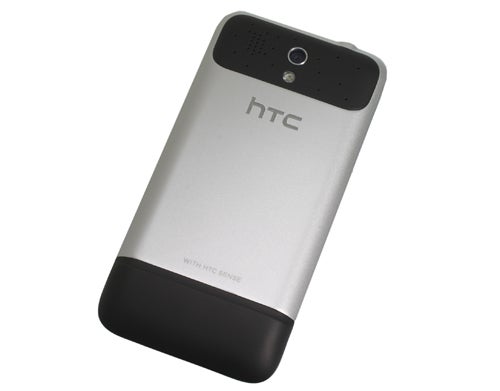
Processor & Software
Something else that might affect games is the Qualcomm 600MHz processor. It’s by no means slow, but it’s not a patch on other premium handsets using the company’s 1GHz Snapdragon processor. These include the Toshiba TG01 and HTC’s own HD2 as well as the upcoming HTC Desire. In everyday use, the Legend is very fast and we have no complaints whatsoever but if you do want the best gaming experience or want to run taxing apps like full-3D sat-nav, then you may want one of the above handsets.
Getting back to the software, the Legend employs the latest 2.1 version of Android, which comes with improvements like integrated Microsoft Exchange and Facebook support, better performance, a unified email inbox for viewing multiple accounts at once, and a faster web browser. Google Maps also now supports layers, though it still doesn’t include pinch-to-zoom so you must press buttons to zoom in and out.
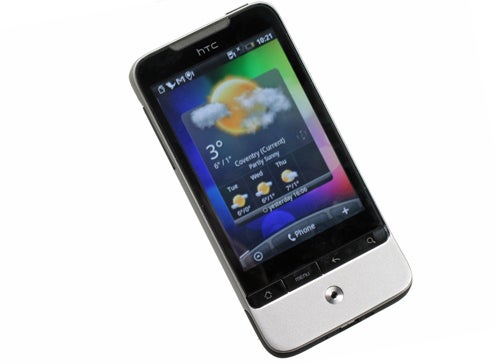
Overall, though, version 2.1 feels much the same as previous Android iterations. You get a multifaceted desktop onto which you can scatter various shortcuts to programs or little apps known as widgets. These can show things like email and calendar entries, giving you a quick way of checking without fully opening the respective app. The Google apps integration is superb, with YouTube, Gmail, and Calendar all on hand, while the lightening fast search function makes it incredibly easy to find contacts, emails, and calendar entries all from one search term. The web browser is also excellent with its speedy operation, slick interface, and even support for Flash so you can watch our video reviews no matter where you are. That said, we did see evidence of the CPU struggling as the framerate of Flash video was pretty poor.
On top of the standard Android setup, HTC has also sprinkled its own HTC Sense interface, which gives the Legend a slightly slicker look and feel and adds a whole plethora of extra widgets. These include ones for checking the weather, viewing your email, seeing live bookmarks, and browsing your calendar.
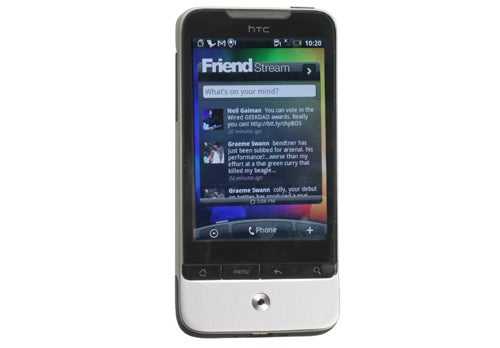
The major new addition, though, is Friend Stream, which is a bit like Motorola’s MotoBlur service. It combines your social networking apps (Facebook, Twitter, and Flickr) and presents the stream of updates to you in one widget. Click on the widget and you can also view photos and links from the services. As with all the widgets, Friend Stream does suck up resources, so to prolong the Legend’s battery life you might want to avoid it. Another new addition is ‘Leap’, which gives you an overview of your various home screens. You simply pinch inwards to reveal a grid of all the home screens, then tap one to go to it. It’s quite neat but we certainly didn’t find ourselves using it very often.
As for battery life, the 1,300mAh unit is not the largest we’ve seen in a smartphone but was nevertheless good for two days of fairly heavy use. Like many large-screened smartphones, though, we recommend charging the Legend every night to be on the safe side.
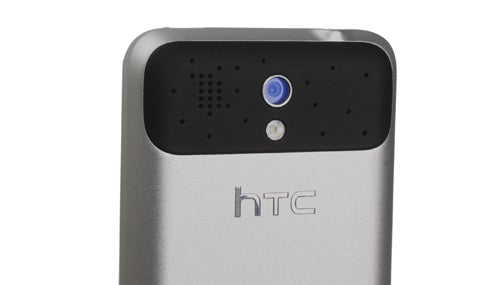
Something that will of course drain the battery is the camera, which is a 5-megapixel affair that includes a surprisingly powerful LED flash. The camera app is quick to load and we managed an excellent shot to shot time of three seconds or so. The interface is also very nice with a surprising number of options including exposure control. Results are obviously limited by the tiny lens and sensor but are surprisingly good for a phone, displaying accurate colouration and a decent amount of detail. The flash is also surprisingly powerful with a range of a couple of metres. Video is also available and the light can be used while recording. Results are pretty poor though with an annoying wobbliness to the footage when any motion is on screen.
Verdict
The HTC Legend is undoubtedly our favourite Android phone so far. Its screen looks amazing and is responsive, it’s packed with features, and of course that aluminium chassis is something to behold. So if you’re a fan of Android already and you’re looking for a smaller and potentially cheaper device then it’s an easy recommendation. However, we still think Android has some overarching interface issues that make it feel a little clunky. When combined with our few hardware complaints, like the slightly small screen and protruding chin, we feel there are just too many compromises to outright recommend the Legend to those looking for a premium device – particularly as we’re yet to review the Google Nexus One and HTC Desire, which could be better devices overall.
Sample Camera Picture
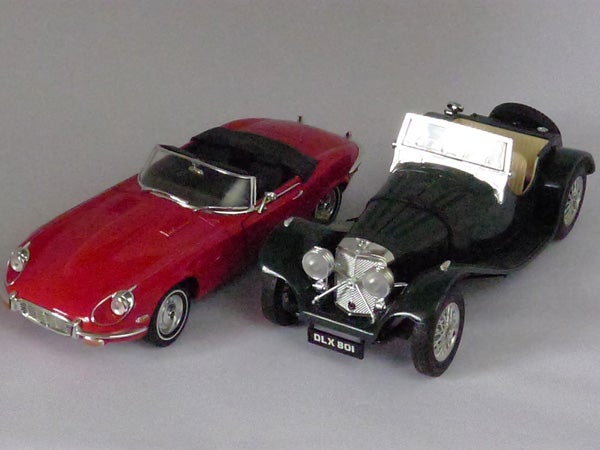


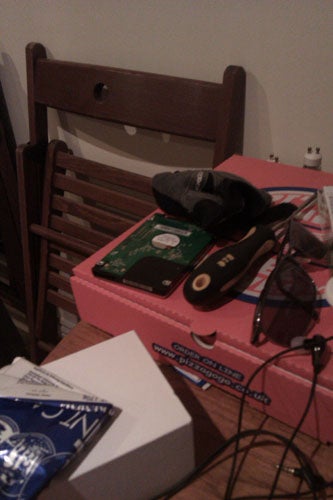

How we test phones
We test every mobile phone we review thoroughly. We use industry standard tests to compare features properly and we use the phone as our main device over the review period. We’ll always tell you what we find and we never, ever, accept money to review a product.
Trusted Score
Score in detail
-
Performance 8
-
Design 9
-
Value 9
-
Features 9
General
| Operating System | Android OS |
| Height (Millimeter) | 112mm |
| Width (Millimeter) | 56.3mm |
| Depth (Millimeter) | 11.5mm |
| Weight (Gram) | 126g |
| Available Colours | Silver, black |
Display
| Screen Size (inches) (Inch) | 3.2in |
| Screen Resolution | 320x480 |
| Touchscreen | Yes |
Battery
| Talk Time (Minute) | 370m |
| Standby Time (Hour) | 560hr |
Storage
| Internal Storage (Gigabyte) | 0.512GB |
| Camera (Megapixel) | 5 Megapixel |
| Front Facing Camera (Megapixel) | No Megapixel |
| Camera Flash | LED |
Connectivity
| Bluetooth | Yes |
| WiFi | Yes |
| 3G/4G | Yes |
| 3.5mm Headphone Jack | Yes |
| Charging/Computer Connection | microUSB |
Processor and Internal Specs
| CPU | 600MHz ARM 11 |
Misc
| App Store | Android Market |
| GPS | Yes |

